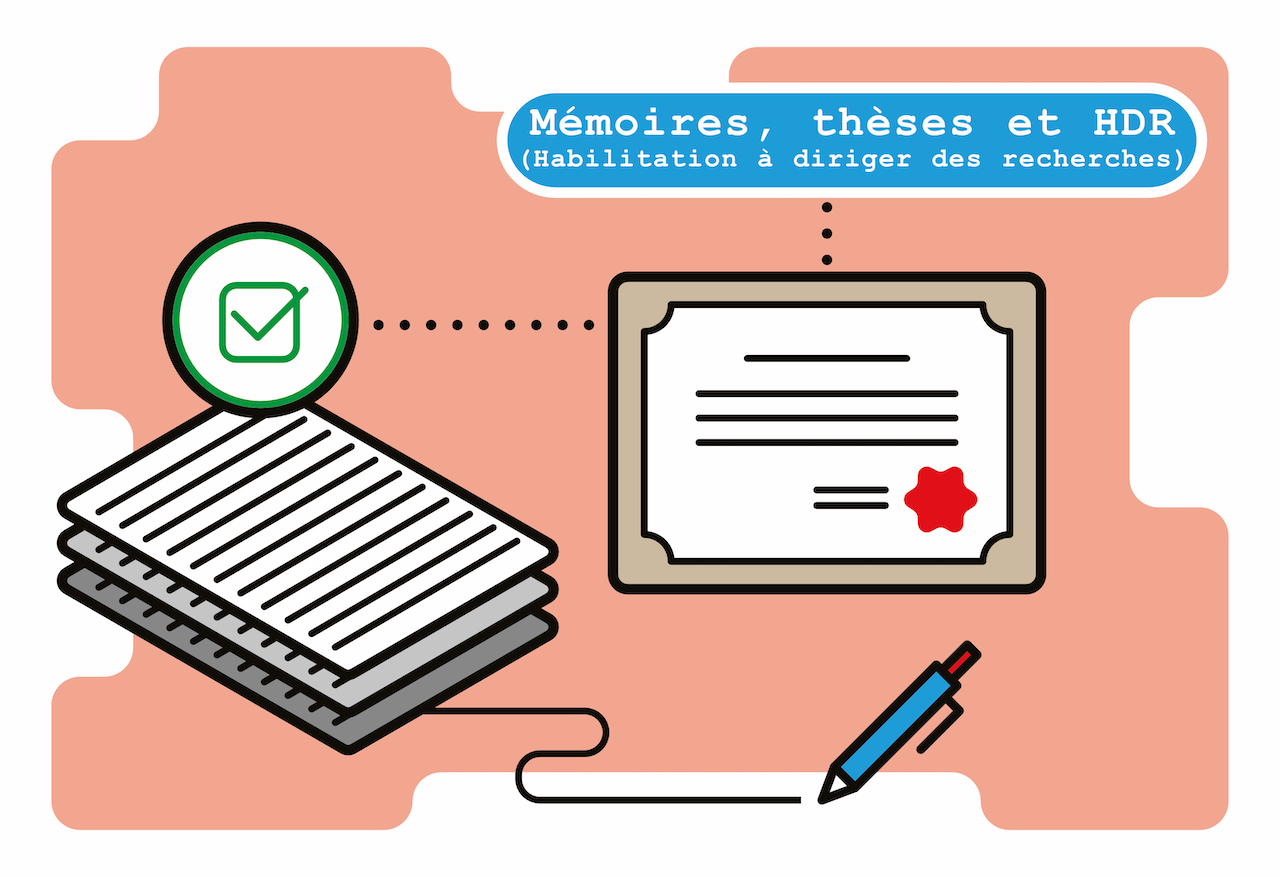El legado de una herencia cultural gitana : lunares e imágenes flamencas en la historia de España del primer tercio del siglo XX L'héritage d'un patrimoine culturel gitan : Robes à pois et images de flamenco dans l'histoire de l'Espagne du premier tiers du XXe siècle
Fiche du document
24 mai 2024
- ISIDORE Id: 10670/1.0d0914...
Restricted Access , http://purl.org/eprint/accessRights/RestrictedAccess
Mots-clés
Histoire Contemporaine Espagnole Histoire Culturelle Histoire de l'art Relations interethniques Esthétique Cinématographie Spanish Contemporary History Cultural History; Art History Interethnic Relations Aesthetics Cinematography 306 390Citer ce document
María del Carmen Heredia Martínez, « L'héritage d'un patrimoine culturel gitan : Robes à pois et images de flamenco dans l'histoire de l'Espagne du premier tiers du XXe siècle », Theses.fr, ID : 10670/1.0d0914...
Métriques
Partage / Export
Résumé
Cette thèse de doctorat tente de comprendre et d'expliquer l'importance dans l'Histoire de l'Espagne de l’association du phénomène du flamenco et de l'identité nationale espagnole. Le travail s'inscrit dans les caractéristiques culturelles des gitans, dans la « cassure » ou la « gitanité » des valeurs esthétiques consubstantielles et prend en compte les aspects non liés à la musique dans l’univers du « flamenco ». Les traits distinctifs font partie du répertoire et du stéréotype de l'identité nationale de « ce qui est espagnol » à partir de l'utilisation des identités spécifiques des gitans espagnols.Nous soulignons l'importance des danseuses gitanes espagnoles dans ce parcours historique et pédagogique sur l'Histoire du peuple gitan espagnol.Le contexte socioculturel des gitans sera analysé, depuis son arrivée sur la péninsule ibérique, en s’interrogeant sur les difficultés à être reconnu comme partie intégrante de la société espagnole, confronté, comme il l’a été, à un cadre législatif raciste, fondé sur le déni d’inclusion sociale, dans lequel s'est développée la politique espagnole.Le peuple gitan a obtenu une visibilité, en Espagne et dans le monde, grâce aux œuvres de Fortuny, Singer Sargent ou Apperley. En outre, il a été très présent dans les premiers films d'Edison sur le continent américain, comme ceux de Carmencita, plus connu en Espagne sous le nom de María de la O (Elias 1936).La thèse analyse comment les éléments d'un groupe ethnique marginal et méprisé tout au long de l'histoire espagnole, ont été acceptés par la société jusqu'à devenir des représentations iconographiques du pays.La méthodologie est fondée sur l'interdisciplinarité des contenus et l’utilisation de diverses stratégies qui comprennent des études généalogiques, une recherche en archives et dans différentes bibliothèques et le visionnage de films et de photographies. S’ajoutent des entretiens personnels avec des personnalités marquantes de la communauté gitane.Parmi les résultats de ce travail on peut souligner, l’identification de l'origine possible de l'imprimé à pois en esthétique du flamenco; l'identité de certaines personnes dans des images rares, étudiées à partir du premier tiers du XXe siècle ; et la valorisation de l'histoire de la famille Maya du Sacromonte dans l'histoire du flamenco et de l’identité gitane.En outre, les conclusions ont approfondi certains aspects de l'histoire du peuple gitan et nous avons approfondi la réflexion sur les raisons de la position marginale et dévalorisée du Gitan dans la sphère sociale, politique et législative.
